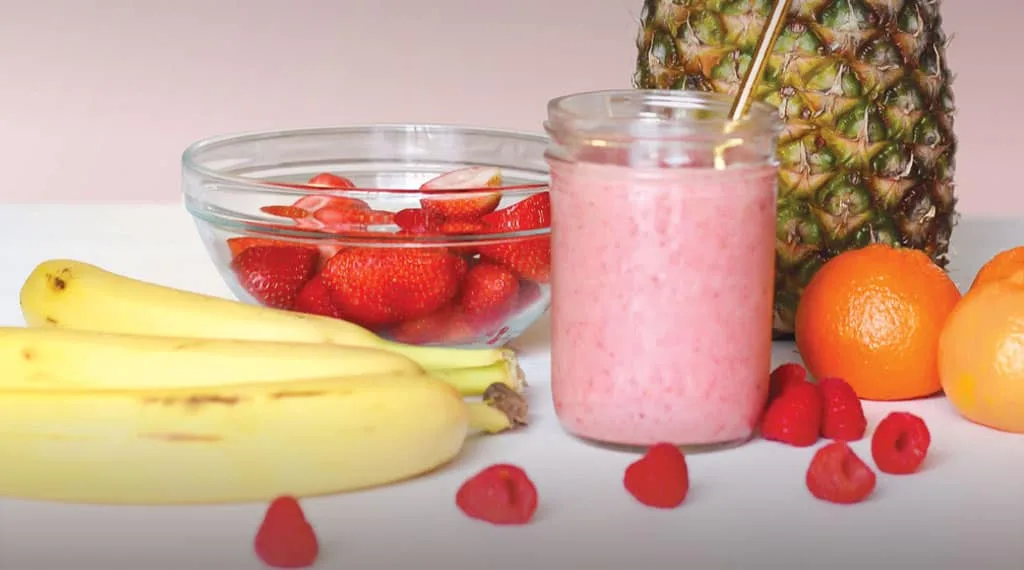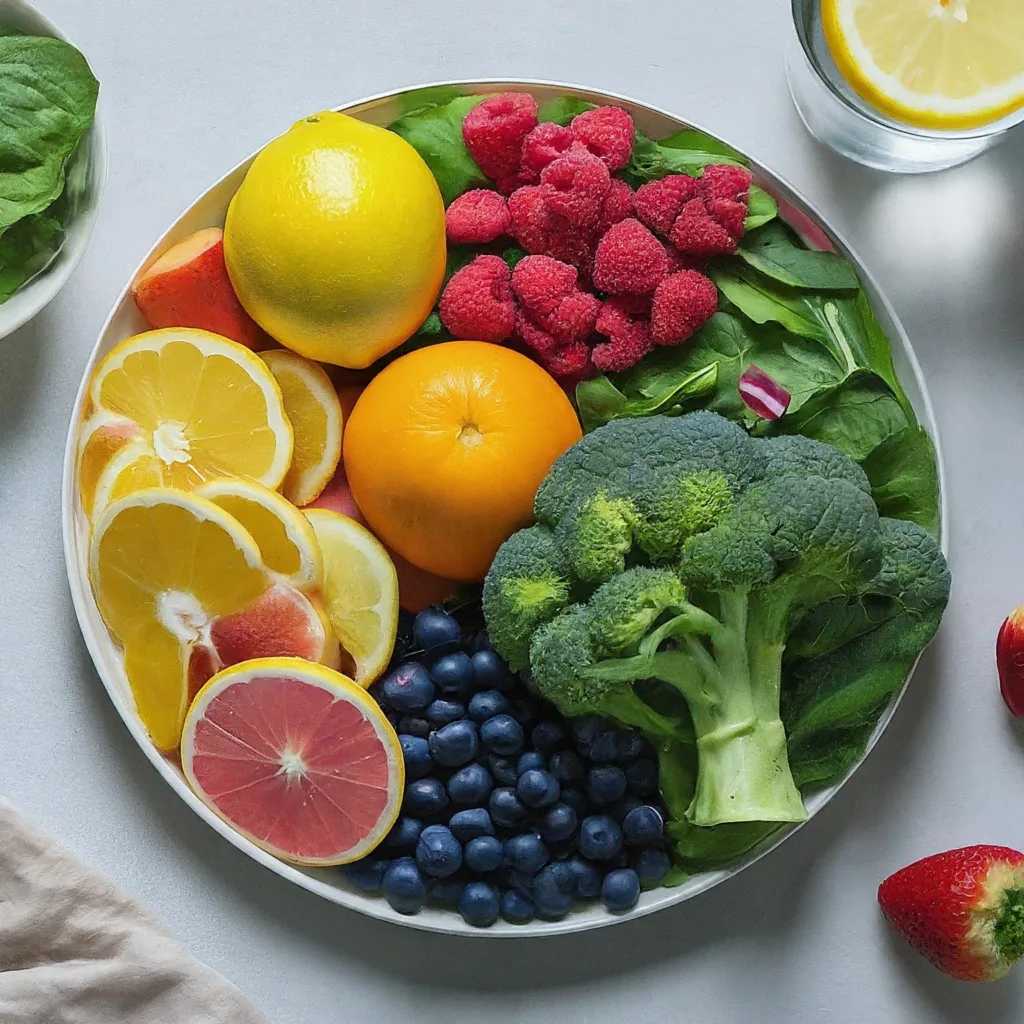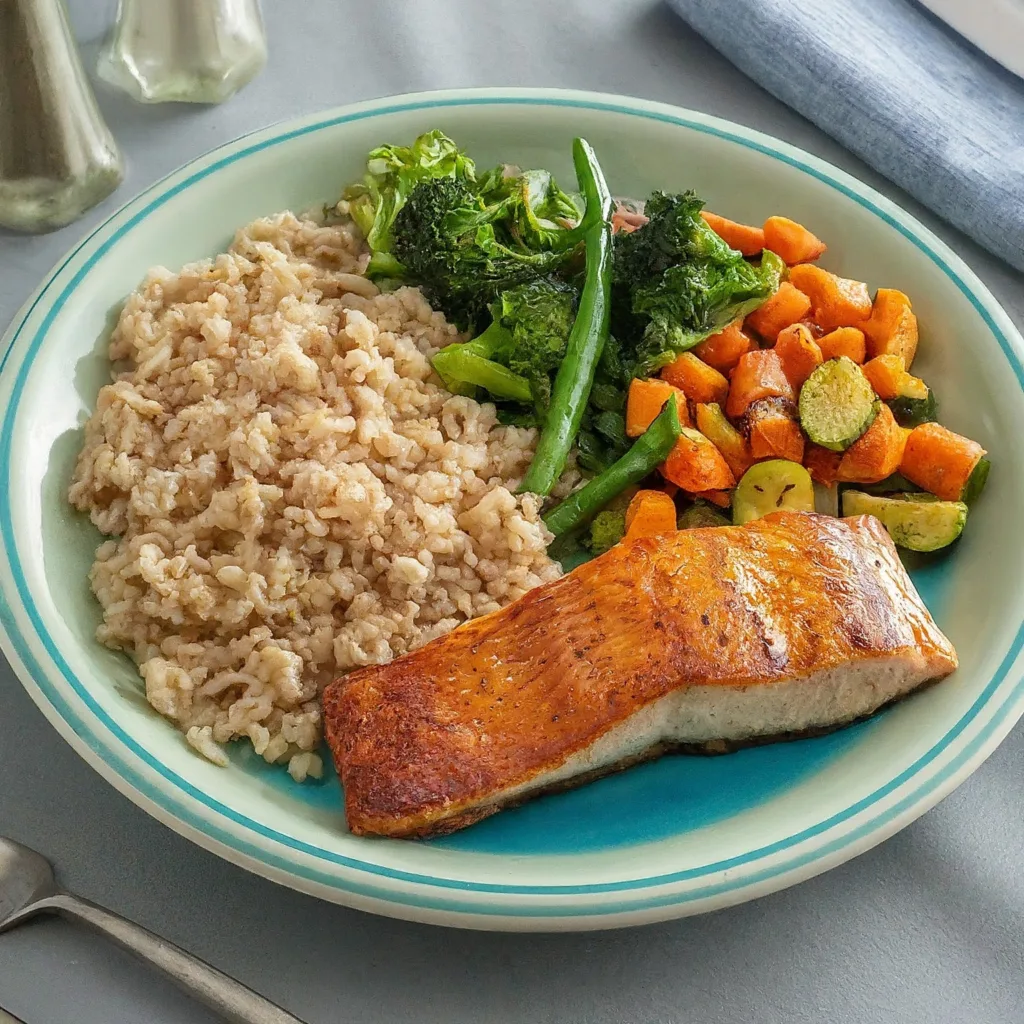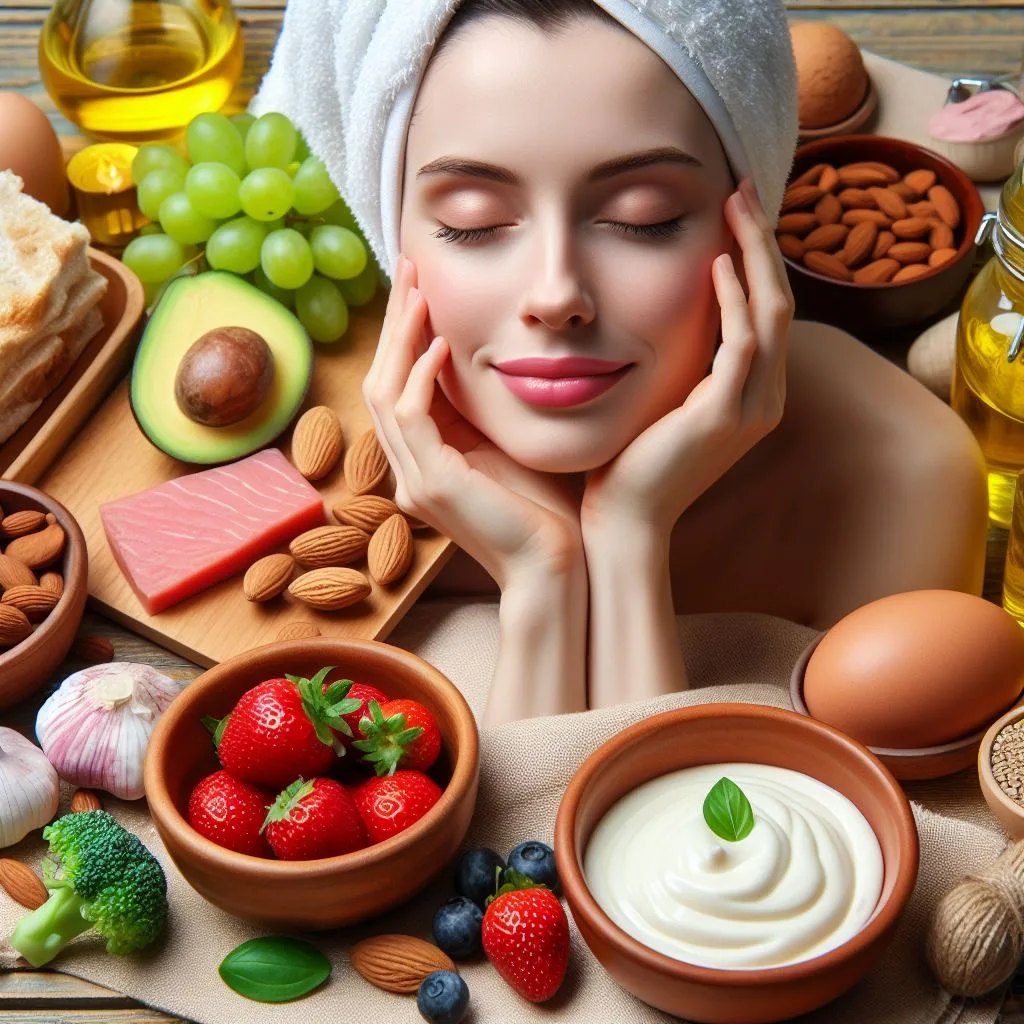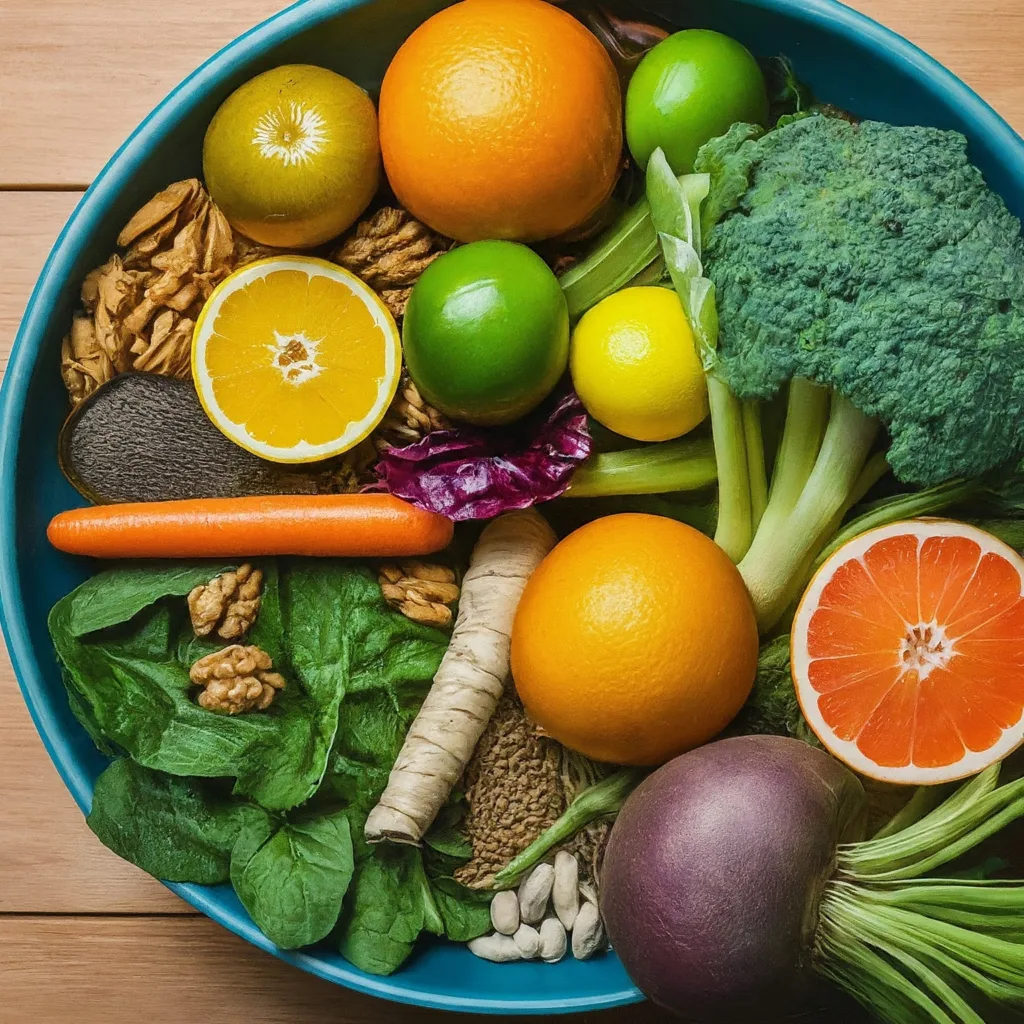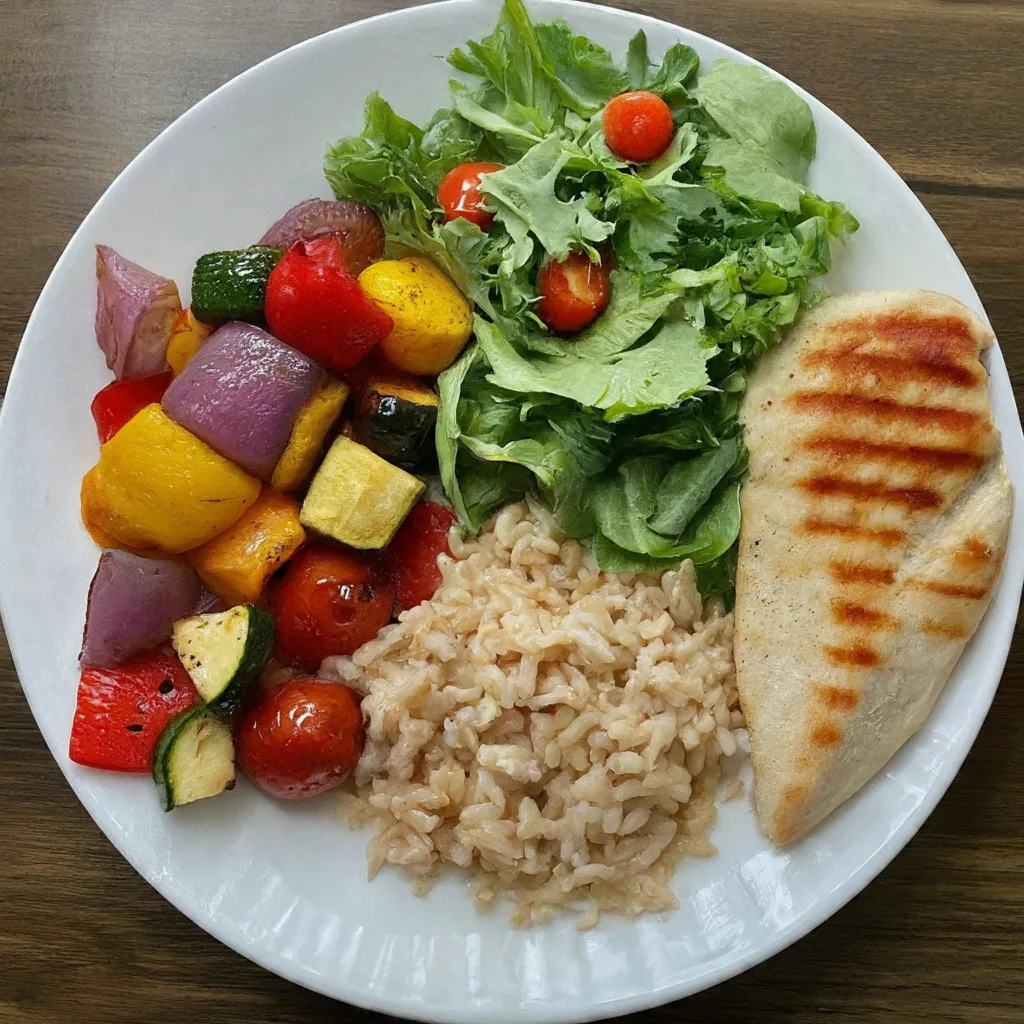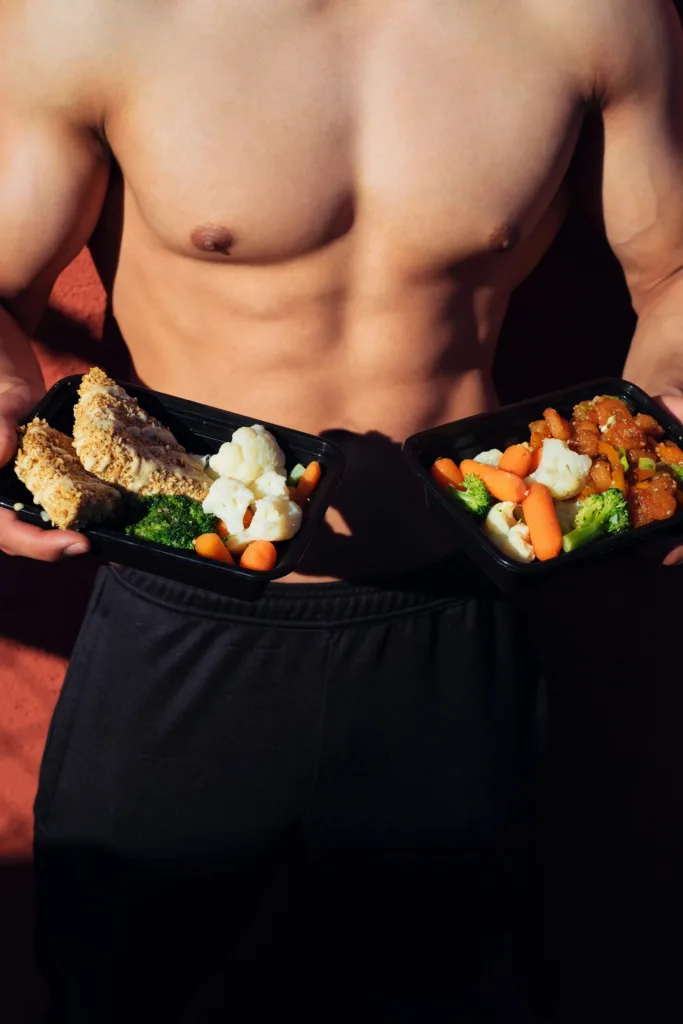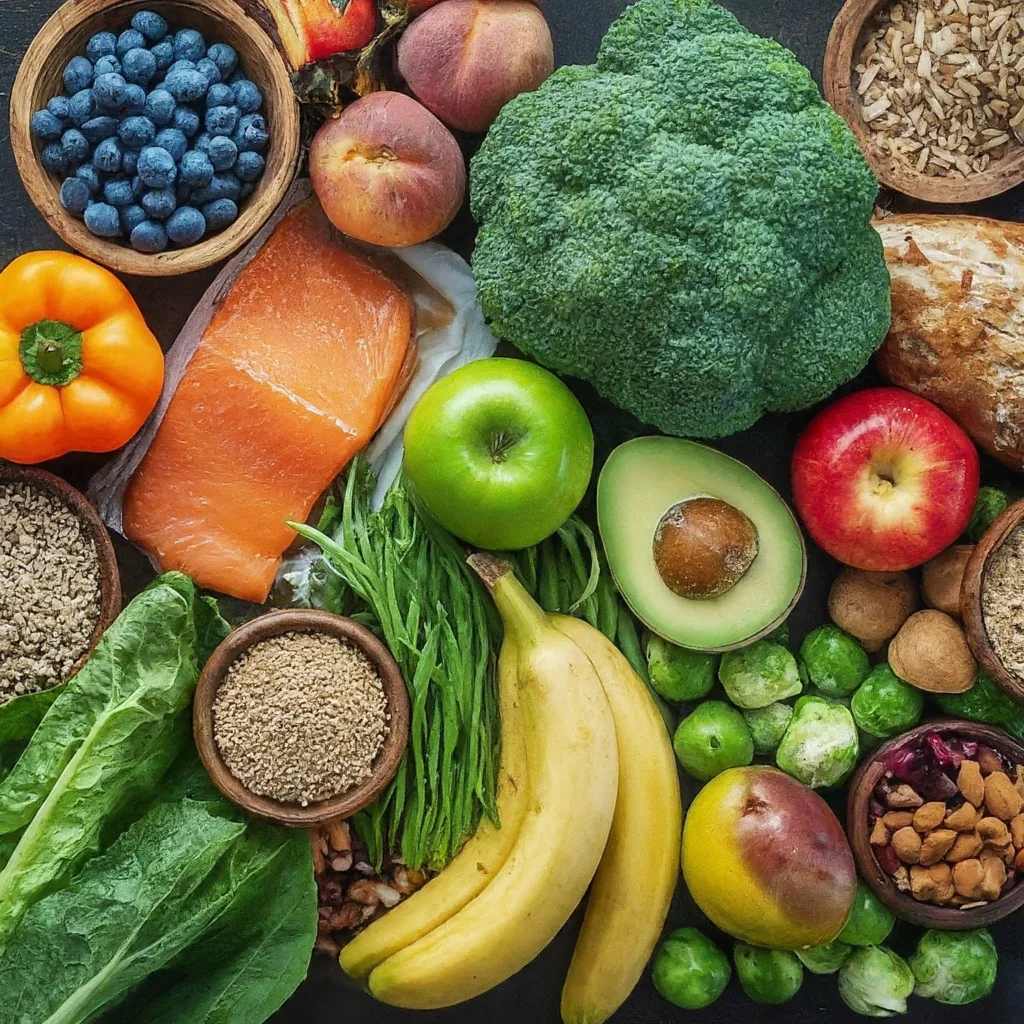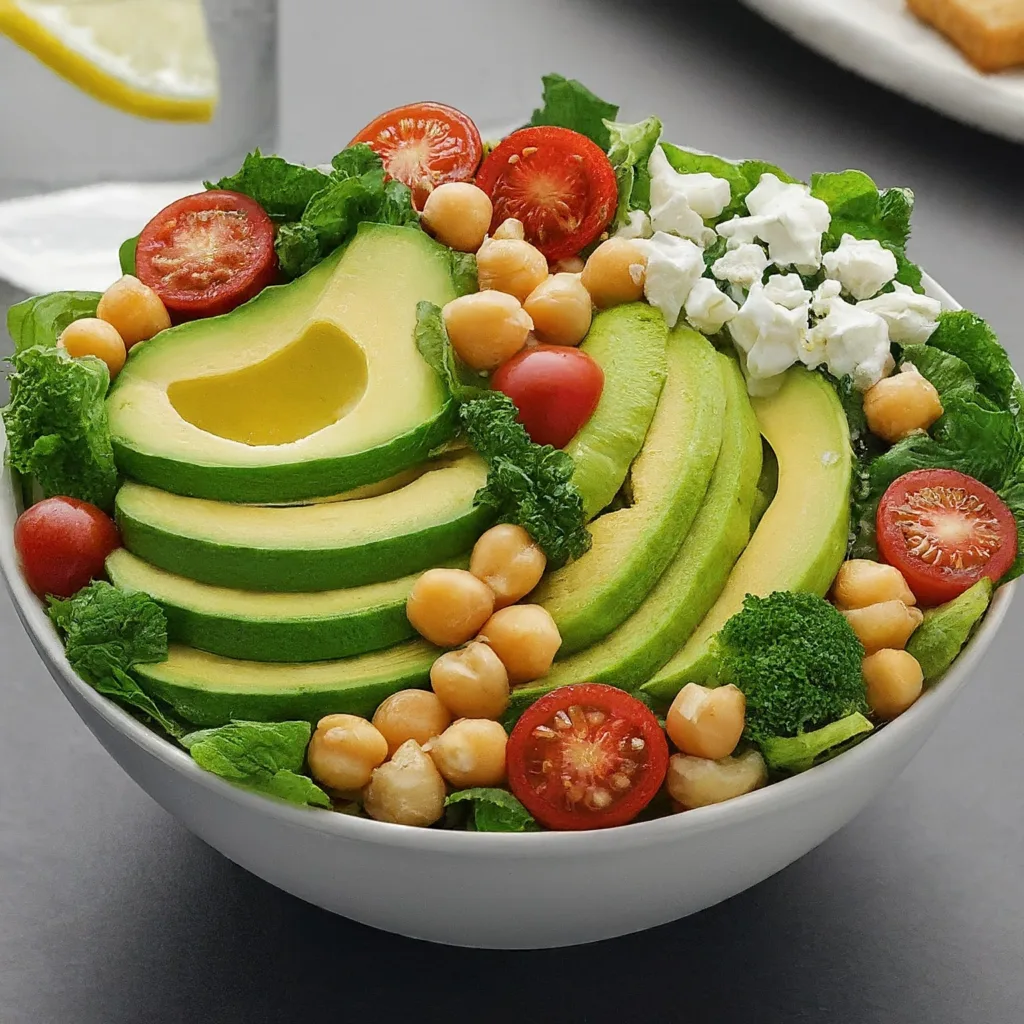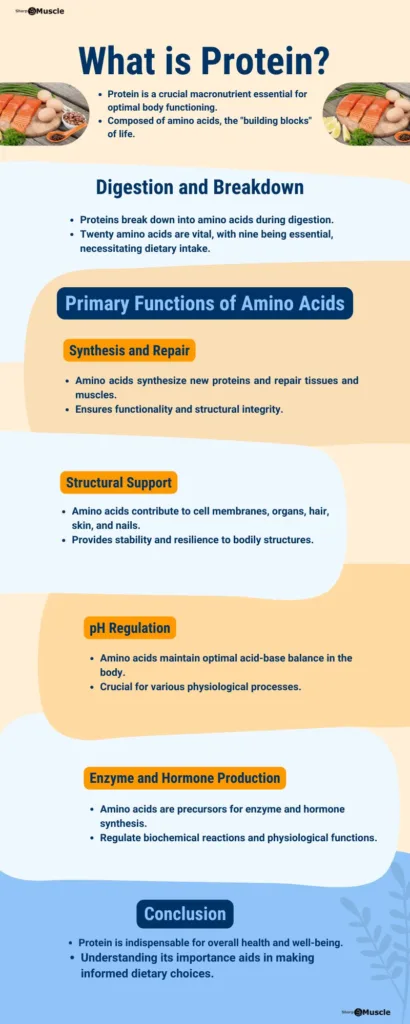The science is clear: getting perfect nutrition can lead to a long, healthy life.
But some people find it difficult to eat right because they get old for many reasons. They may not have much appetite. They may have trouble cooking or eating. Maybe they don’t know what’s healthy. Or maybe they do and just don’t like the idea of bud.
Perfect nutrition is the key to a healthy life. You can improve your health by keeping a nutrition riched diet. You should eat foods that contain vitamins and minerals. It includes fruits, vegetables, whole grains, dairy and a source of protein.
If you are looking for the best tips on how to lose weight and keep it off, then this seemingly endless advice can be overwhelming and misleading.
The problem is, although very restrictive diets and elimination meal plans will likely lead to short-term weight loss, the majority of people cannot maintain them and throw in the towel within a few weeks.
Although it may seem tempting to lose 10 pounds (4.5 kg) a week by following a fad diet, the reality is that this type of weight loss is often unhealthy and unstable.
The real key to safe and successful weight loss is to perfect nutrition diet to adopt a healthy lifestyle that suits your individual needs and that you’ll be able to maintain for all times.
The rules of a balanced diet seem simple, but this is not the whole story. How much do you need daily, when is the best time to eat protein or carbs, and what should be the portion size?
The following perfect nutrition tips are healthy, realistic ways to get you back on track and lead you towards your weight and fitness goals.
What are the perfect nutrition foods?
The healthy and nutrients riched foods include:
- Fruits and vegetables
- Brown rice and Whole grains
- Eggs and Dairy products
- Fish, Skinless poultry, and Meat
- Beans, nuts, and seeds
- Non-tropical vegetable oils
Fruits and vegetables
Vegetables
Selecting vegetables by their characteristics works at many different levels. From a cooking point of view, it will help you figure out how to make a replacement easily. For example, if a recipe calls for cabbage and you only have broccoli, chances are you can still make the dish, as you can with other vegetables.
1. LEAFY (all sorts of greens and cabbage-like vegetables):
- all lettuces and salad greens,
- watercress,
- spinach,
- dandelion,
- chicory,
- endive chard,
- escarole,
- bok choy (and other Asian greens),
- kale,
- collards,
- broccoli raab,
- broccoli,
- cauliflower,
- Brussels sprouts,
- cabbages.
Eat raw; or microwave, steam, boil, sauté or stir-fry, braise, or roast. (You can even grill or broil them.)
2. NIGHTSHADES (fruits of vegetable world):
- eggplant,
- bell peppers,
- chilli,
- tomatoes,
- tomatillos.
Eggplant is not good raw eatable, but all others are. Otherwise, microwave, steam, sauté or stir-fry, braise, roast or grill or brail.
3. STALK or STEM vegetables:
- celery,
- fennel,
- asparagus,
- mushrooms,
- artichoke,
- cardoons,
- kohlrabi,
- cactus.
Eat raw (yes, even artichokes); Thinly sliced is best; Otherwise, microwave, steam, sauté or stir-fry, braise, roast or grill or brail.
4. EDIBLE-POD Legumes:
- green and wax beans,
- snow peas,
- snap peas.
You can eat them raw if you thin or chop them, but they are usually better after cooking: microwave, steam, boil, sauce or stir-fry, or braise; Green and wax beans are also well roasted.
5. ROOT Vegetables and Tubers:
- radishes,
- jícama carrots,
- beets,
- celery root,
- turnips,
- rutabaga,
- parsnips.
Raw, especially when thinly sliced. Radishes are surprisingly well cooked, but note that they get tender in a flash. For others, you can microwave, steam, boil, sauté or stir-fry, braise, or roast. To grill, cook with the lid on indirect or low heat.
6. Summer Squashes:
- zucchini,
- yellow squash,
- pattypan, and other special varieties.
They are good raw, especially finely chopped or sliced thinly. Otherwise, you can microwave, steam, sauté or stir-fry, braise, roast, grill or broil.
7. Winter Squashes:
- pumpkin,
- butternut,
- acorn,
- spaghetti,
- kabocha,
- delicata.
You can eat them raw, but marinate them in the dressing first. Or you can microwave, steam, sauté or stir-fry, braise, or roast.
8. Aromatics:
- onion,
- garlic,
- ginger,
- shallots,
- leaks.
Use them alone or in combination. They are of good raw but strong taste. Sautéing or stir-frying is the best way to develop their taste. But you can also braise, roast, grill or broil onions and leeks.
9. Sprouts:
- alfalfa,
- lentil,
- wheat,
- radish,
- soy
- mung beans,
Microgreens, which are teeny lettuce spouts, are also increasingly popular—and dear. Raw is really best for most of these, except for the sturdier bean sprouts, which are also good quickly steamed or stir-fried, or tossed into a pot of soup at the last minute.
Fruits
Almost all fruits qualify as unlimited food for your perfect and complete nutrition. You can eat independently from that list, especially if it prevents you from accessing junk food or candy. No one will tell you that the fruit is too much carbohydrate or sugar; There are many reasons why you should eat it whenever you want. Fruits are high in fiber, vitamins and micronutrients. It is always a better option to choose it over salty or sweet snacks.
Fruits are even easier to substitute than vegetables, which works to your advantage and helps give you plenty of options throughout all the time.
1. Citrus:
- oranges,
- grapefruit,
- lemons,
- limes,
- tangerines,
- mandarins,
- clementines,
- tangelos.
To make a fresh salad, peel and toss or chop into the salad. You can also stew, stir-fry or fry them. Or cut the fruit in half after peeling and grilling or boiling them.
2. Melons:
- Watermelon,
- cantaloupe,
- honeydew,
- casaba, and lots of heirloom and specialty varieties.
Raw, but you can roast, grill, or thick slices. They are cooked very fast, at high temperatures.
3. STONE and TREE Fruits:
- apples,
- pears,
- peaches,
- nectarines,
- apricots,
- plums,
- cherries,
- figs.
All are great raw: but this group takes particularly well for cooking. Try poaching, stewing, sautéing or stir-frying, roasting or baking, slow oven-drying, grilling, or broiling.
4. Tropicals:
- Bananas and plantains,
- mango,
- pineapple,
- papaya,
- kiwi, and other exotic fruits.
Terrific raw and mixed with other fruit in salads. But you can also poach, stew, sauté or stir-fry, roast, oven-dry, grill, or broil.
5. Berries:
- strawberries,
- blue-berries,
- blackberries,
- raspberries.
I count grapes in this group, too, since you eat them like berries. Cooking makes them jammy fast. You can stew, microwave, sauté or stir-fry, roast, or oven-dry.
Brow rice and Whole grains
If you do not have much experience with whole grains, you are in for a pleasant surprise; If you are familiar, I hope this section inspires you for even more information. They bear little resemblance to their “white” counterparts – who lose nutrients and fiber in the milling process. It also means that brown rice and whole grains retain their perfect nutrition flavor and amazing texture that you will like.
Whole Grain Pasta and Noodle:
Although more processed than whole grains, they are considered flexible foods because they contain more fiber and nutrients — including protein — than white pasta and noodles. You will like the slightly grainy texture and deep taste of these noodles.
To help you use pasta and noodles in your recipes I bring them back in groups.
1. Italian Pasta:
Made from whole ground durum wheat into traditional cut and long shapes like:
- shells,
- rigatoni,
- farfalle,
- spaghetti,
- linguini,
- fettuccini,
- lasagna noodles.
After cooking toss with sauce, or stir-fry with other ingredients; use in soups and stews. Pasta salads are best at room temperature; the noodles aren’t as tough as they are cold.
2. Asian Noodles:
Worth seeking out whole-grain types, like:
- soba (from buckwheat);
- whole wheat udon or lo mein;
- brown rice noodles of varying thicknesses.
If you can’t find what you want, use long wheat pastas. Once they’re cooked, you can hold them in cold water for up to 1 hour to keep them from sticking together. Good for soups, stews, salads, and stir-fries.
3. Specialty Pastas:
Speciality Patas made from following:
- ground chickpeas,
- corn,
- quinoa,
- farro,
- kamut.
Many are gluten free. Take into account their particular flavors and textures. Some will be sweeter, others nuttier; most tend to be stickier than traditional noodles.
Eggs and Dairy products
I think most people can enjoy dairy products and eggs as an important component of “Perfect Nutrition for a Healthy Life”, I believe these foods should be consumed in moderation. The reason for this is that many people have sensitivity to dairy and eggs and in addition to many nutrients.
Dairy products (Milk, Yogurt, Cheeses) and eggs contain a wealth of important nutrients that can support your health. Not only are they protein-rich foods, but they also distribute concentrated amounts of vitamins, D, B2, B12, K and biotin as well as minerals such as calcium, selenium, iodine, and phosphorus.
Fish, Skinless poultry, and Meat
Unsaturated fats contain in fish, such as salmon, actually have health benefits. Omega-3 fatty acids found in fish and certain plant sources, as part of a heart-healthy diet, reduce the risk of the most common (ischemic) risk of heart failure, coronary heart disease, cardiac arrest and stroke Can help
1. Recommendation of AHA
- Choose non-fried fish, shellfish, poultry skins and trimmed lean meats, 5.5 ounces, cooked, per day.
- Enjoy 8 ounces of non-fried fish (especially oily fish) each week, which can be divided into two 3.5 to 4 ounce servings.
- Opt for salt-free seasonings such as spices, herbs and other flavors in cooking.
- Choose a meat substitute like beans, peas, lentils or tofu, in salads, soups or soups.
2. Fish, Skinless Poultry and Meat Shopping Tips
- Non-fried fish and shellfish, such as shrimp, crab, and shrimp, are low in saturated fat and are a healthy alternative to many cuts of meat.
- Choose fish high in omega-3 fatty acids such as mackerel, lake trout, herring, sardines, albacore tuna, and salmon.
- Some types of fish contain high levels of mercury, PCBs (polychlorinated biphenyls), dioxins, and other environmental nutrients. Avoid eating potentially contaminated fish, women who are pregnant, planning to become pregnant or nursing – and young children.
- Choose meat cuts that have the least amount of fat. Choose grades of “like” or “beef” instead of “like”.
- No more than 15% fat, choose lean or extra lean ground beef.
- Follow poultry that have not been injected with fat or broth.
3. Eating Tips
Breakfast:
- Add them to breakfast tacos, fried eggs or a vegetable omelette.
- Replace your bacon and sausage with low-sodium, nitrate-free turkey or veggie bacon.
Lunch:
- Sawdust the leftover chicken or turkey for the sandwich.
- Take a bowl of bean or lentil soup with extra vegetables.
- Eat a tuna sandwich on whole grain bread (swap out mayo with ripe avocado).
- Make chicken salad with leftover or roasted chicken.
- Have a seafood salad.
Dinner:
- Grill, bake or microwave chicken breast. Remove skin before cooking.
- Sprinkle fish fillets with lemon and salt-free seasonings and bake them.
- Wrap whole fish in foil with slices of lemon and onion; Then bake or grill.
- Top your salad with beans, fish or chicken.
- Add beans to soup or casserole.
- Make a Black Bean Burger or Garbano Bean Burger with Scrub.
Beans, nuts, and seeds
Beans, nuts and seeds are all sources of plant-based protein. They form the foundation of the Mediterranean diet, which has been widely cited as the best eating plan to help prevent heart disease, stroke, diabetes and dementia.
Along with vegetables, fruits, whole grains, and olive oil, plant-based proteins complete this healthy diet. Beans are loaded with fiber, which is one of the reasons why they are so healthy. In addition to keeping you ‘regular’, fiber can help stabilize cholesterol and blood pressure levels.
Nuts and seeds are well known for their healthy fats, and should be used to replace less healthy trans fats in the diet. Walnut butter is a better alternative to toast than hard margarine!
Beans, nuts, and seeds contain a unique blend of vitamins, minerals and antioxidants, which work synergistically to protect your health.
Non-tropical vegetable oils
Replacing bad fats (saturated and trans) with healthy fats (monounsaturated and polyunsaturated) is good for your heart.
One way is that you can choose healthy vegetable oils for cooking and preparing food.
Use these oils instead of solid fats (butter, small, lard and hard stick margarine) and tropical oils (including palm and coconut oil), which may contain too much saturated fat.
Mixtures or combinations of these oils, often sold under the name “vegetable oil” and cooking sprays made from these oils are also good options. Certain oils, such as avocado, grapeseed, rice bran, and sesame, may be healthier options, but may cost a bit more to find.
In general, choose less than 4 grams of saturated fat oil per teaspoon, and not partially hydrogenated oil or trans fat.


